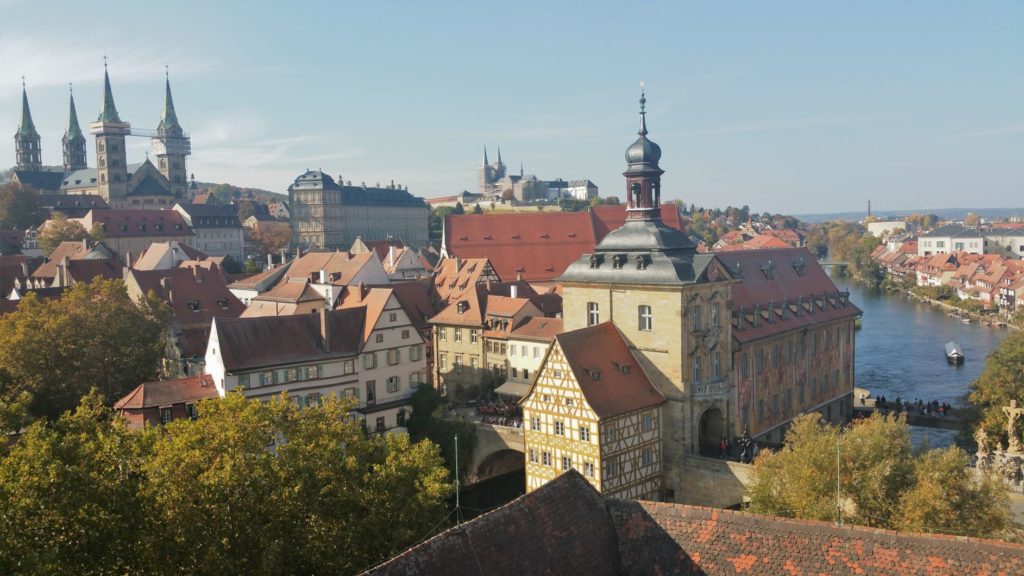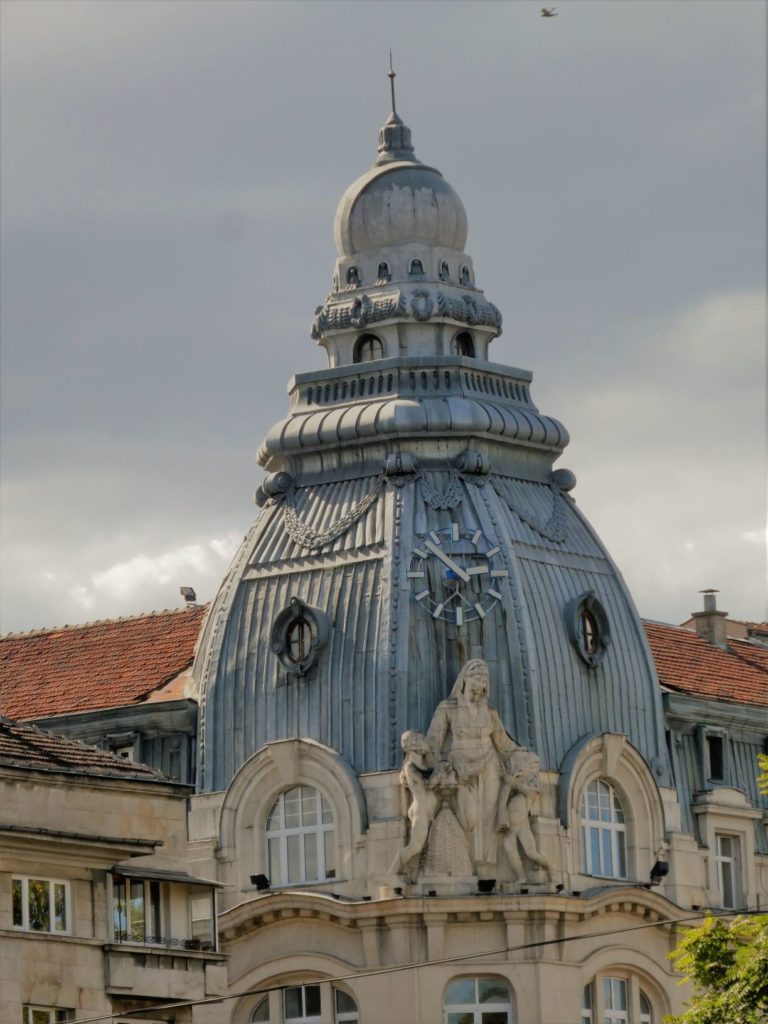all images shown here were taken analog with my canon ae I
regensburg to experience – my personal favorite places in the city
as a native of regensburg, i’m lucky to live…
all images shown here were taken analog with my canon ae I
porto, the second-largest city in portugal, is located on the northwest coast of the country and is known for…
all images shown here were taken analog with my canon ae I
here, i am starting the travel blog for my owhc journey. over the coming weeks, you’ll find regular entries…
Taking Ohrid as a starting point for the architectural heritage connection throughout Europe, a small town located in southwest Macedonia with continuous settlement in the exact location ever since the Hellenic period. But for now, we'll explore the architectural genetics from a more recent perspective so the connection with the rest of Europe is even more vivid.
"The Orient has always nurtured residential culture on a broad scale. Throughout the XVIII and XIX centuries, other nationalities within the Ottoman Empire achieved relatively high economic prosperity. From the high residential culture, the oriental house has the qualities of human standards and the ideal humanization of space. That is why European architects are inspired by the Orient in the exploration and creation of the modern European house (ex. Le Corbusier, D. Grabrijan ...). We cannot claim that the influences from the Orient are over. However, climate differences are a major obstacle.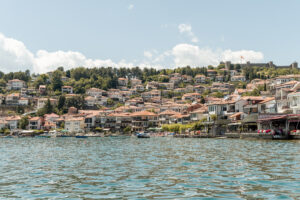 The half-open oriental house with spaces directly exposed to a burst of drafts in open čardaks (verandas) and gardens cannot be directly transplanted to continental Europe. We have to look for the transition somewhere and this is where we get to the heart of our problem. And in the conditions of the Ottoman domination, the Macedonians never left the European way of living in the house of the continental climate. That way of revitalization, adapted to the oriental position, forms the Macedonian architecture. Regardless of the high level of hygiene and technique from the industrially developed European civilization, the Macedonian house still has a lot to say about the issues of contemporary architectonics of the living space."
-prof. arch. engr. Boris Čipan "Old town architecture in Ohrid" 1955
-Stefan Župan (Archrid-Collective)
The half-open oriental house with spaces directly exposed to a burst of drafts in open čardaks (verandas) and gardens cannot be directly transplanted to continental Europe. We have to look for the transition somewhere and this is where we get to the heart of our problem. And in the conditions of the Ottoman domination, the Macedonians never left the European way of living in the house of the continental climate. That way of revitalization, adapted to the oriental position, forms the Macedonian architecture. Regardless of the high level of hygiene and technique from the industrially developed European civilization, the Macedonian house still has a lot to say about the issues of contemporary architectonics of the living space."
-prof. arch. engr. Boris Čipan "Old town architecture in Ohrid" 1955
-Stefan Župan (Archrid-Collective)

 The half-open oriental house with spaces directly exposed to a burst of drafts in open čardaks (verandas) and gardens cannot be directly transplanted to continental Europe. We have to look for the transition somewhere and this is where we get to the heart of our problem. And in the conditions of the Ottoman domination, the Macedonians never left the European way of living in the house of the continental climate. That way of revitalization, adapted to the oriental position, forms the Macedonian architecture. Regardless of the high level of hygiene and technique from the industrially developed European civilization, the Macedonian house still has a lot to say about the issues of contemporary architectonics of the living space."
-prof. arch. engr. Boris Čipan "Old town architecture in Ohrid" 1955
-Stefan Župan (Archrid-Collective)
The half-open oriental house with spaces directly exposed to a burst of drafts in open čardaks (verandas) and gardens cannot be directly transplanted to continental Europe. We have to look for the transition somewhere and this is where we get to the heart of our problem. And in the conditions of the Ottoman domination, the Macedonians never left the European way of living in the house of the continental climate. That way of revitalization, adapted to the oriental position, forms the Macedonian architecture. Regardless of the high level of hygiene and technique from the industrially developed European civilization, the Macedonian house still has a lot to say about the issues of contemporary architectonics of the living space."
-prof. arch. engr. Boris Čipan "Old town architecture in Ohrid" 1955
-Stefan Župan (Archrid-Collective)

After another trip with the night train from Sofia to Varna we finally reached the black sea, our set geographical goal of this journey.
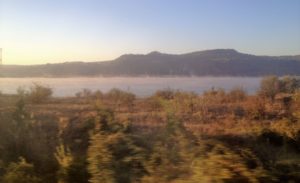





 The last city we visited during our OWHC adventure was Prague. The Czech capital seems to be much more smaller than Vienna and Warsaw. Within the city center you can go almost everywhere on foot and the average distance between different districts is reachable during one walk. We knew Prague quiet well from the previous visits but the city has still many sites to offer. This time we have discovered what is hidden in Prague’s parks, we visited the Vietnamese temple and again found many places for young locals.
The last city we visited during our OWHC adventure was Prague. The Czech capital seems to be much more smaller than Vienna and Warsaw. Within the city center you can go almost everywhere on foot and the average distance between different districts is reachable during one walk. We knew Prague quiet well from the previous visits but the city has still many sites to offer. This time we have discovered what is hidden in Prague’s parks, we visited the Vietnamese temple and again found many places for young locals.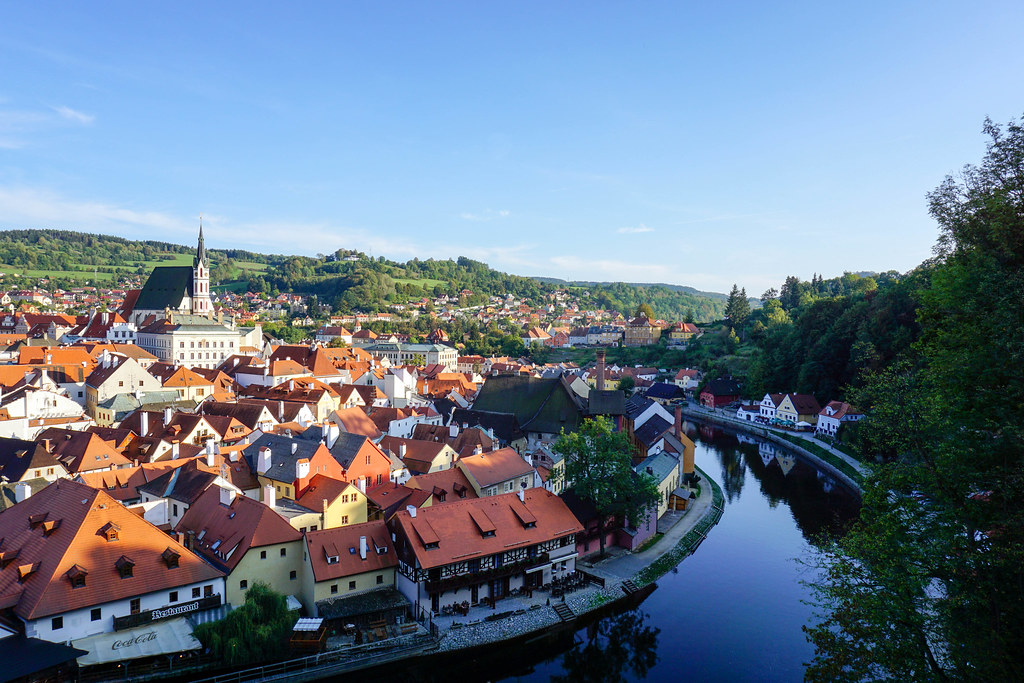 During last three days we visited Český Krumlov - Czech's second most popular tourist destination. The town was built around a castle in 13th century in Gothic style. Full of charming photo spots, it has a reputation of a city for a one-day visit and unfortunately is very overcrowded. That is why we decided to stay for two nights and discover how the city center looks like when all the tourists go back to their hotels.
During last three days we visited Český Krumlov - Czech's second most popular tourist destination. The town was built around a castle in 13th century in Gothic style. Full of charming photo spots, it has a reputation of a city for a one-day visit and unfortunately is very overcrowded. That is why we decided to stay for two nights and discover how the city center looks like when all the tourists go back to their hotels.


